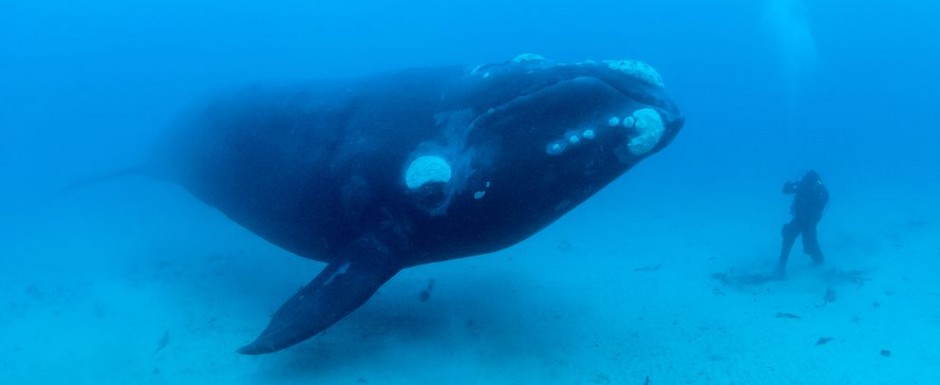Critical Analysis of Evidence
- Possible Lack of Information
Unfortunately, ship captains do not always know if they have struck a whale if they can’t make a visual confirmation due to poor conditions. Most reports come from necropsies of carcasses found floating, or washed up on shore. For this reason, researchers estimate that only 17% of deaths are actually observed. It is very possible that more whales have been involved in fatal collisions with ships and we just don’t know about it. There could also be collisions that injure but don’t kill the whale where they are able to swim away afterwards. While these collisions don’t directly remove an individual from the population, injury can inhibit a whale’s ability to travel, feed, and reproduce.
2. Changes in Habitat
Although we’ve seen a reduction in the number of right whales struck by ships, this depends on where the whales choose to feed. The shipping lanes were rerouted to avoid popular whale areas; however, in the past 4 years, scientists have begun to notice that the right whales are feeding in different areas. This means that the new shipping lanes may not be as effective in the future as they have proven to be over the past 12 years. Ultimately, whales will follow their food, so continuous monitoring is important to assure they aren’t frolicking in ship-rich waters.
Check out this neat video for an inside look at how researchers have been monitoring right whale populations since the 1980’s.
3. Criticism by Other Conservation Groups
The initiative has shown a great deal of promise in reducing the number of right whales hit. But concerns from conservation organizations such as the Conservation Council of New Brunswick raised over the lack of noise pollution control in the Bay of Fundy suggest that the protection of right whales is an ongoing process with ever more factors to consider.
